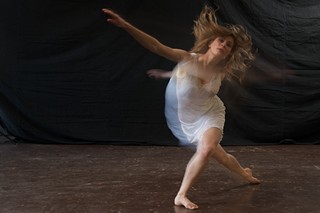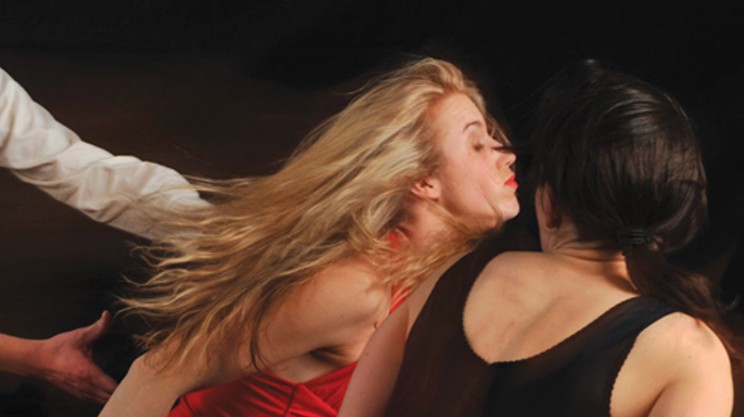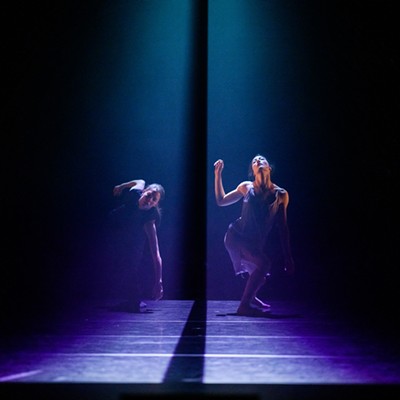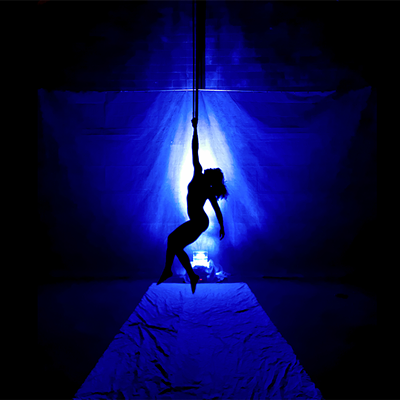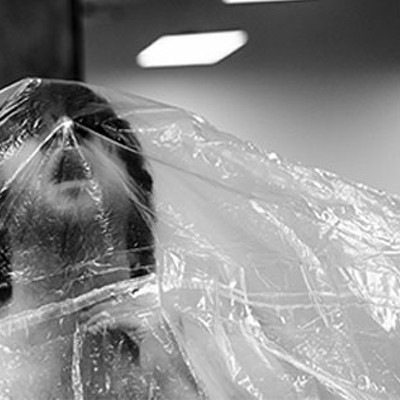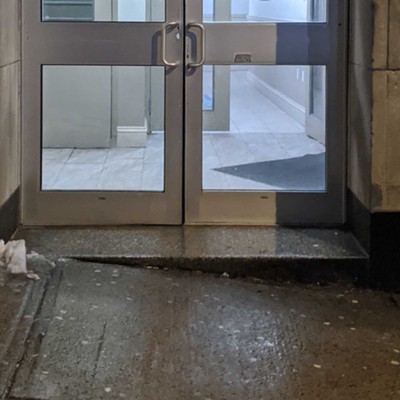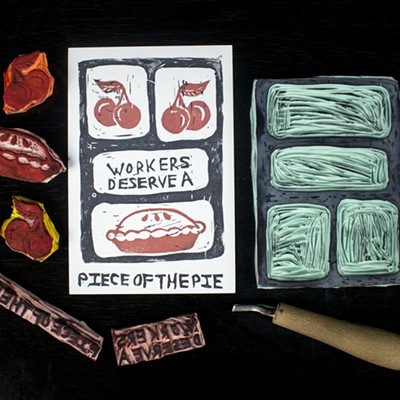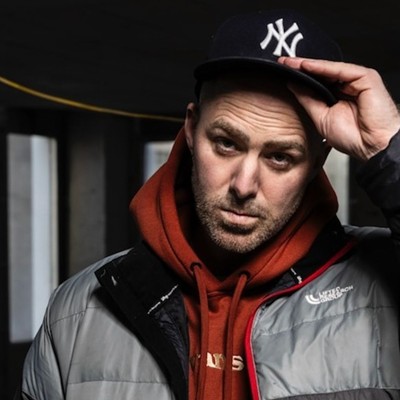Interviewing a dancer makes you wish you could pick up a video camera. Lisa Phinney's new piece, Analogy for Solid Bones, premieres this week, and her hands move through the air as the Halifax dancer and choreographer wrestles gracefully with her words. "Loons fly, but they're divers. It's why their bones are solid---usually birds' bones are hollow because they fly. They're better divers than anything."
For anyone familiar with her previous work (2004's Homeostasis and 2007's Gavia among them), this piece once again draws upon Phinney's background as a scientist and researcher (Homeostasis was inspired by her masters' thesis in atmospheric science). The inspiration for Analogy was a "magical" moment a few years ago, when Phinney was conducting research late one summer's night at Kejimkujik National Park. "There were nine loons---I counted them eventually when the fog lifted. They were sort of calling to each other," she says. "It seemed sort of casual, and I learned later that it was the hoot, which was just searching and greeting. And it was really early, early morning...it was blue light and it was so beautiful. I know that they usually nest two to a lake and I'd never seen so many loons together."
Phinney discovered that what she witnessed that night was the loon's equivalent of a singles' meeting---echoed in the piece in what she terms "the speed-dating section."
Almost a decade later, the memory of that night inspired Phinney to choreograph her first full-length, 60-minute piece with seven dancers and a sobering story arc informed in part by the devastating effect of mercury poisoning on the loon. "It goes from a piece that presents this society and the relationships in it to becoming something of a crooked nature," she says "Picture oil on birds---how it's nature, but then there's this dark covering of human interference and it makes it ugly. I think we move from presenting a society that we are to that feeling---the movement gets more crooked and the music gets more heavy and we move towards thinking about our human impact. Nature with a layer of anthropogenic influence."
Set designer Peter Dykhuis is filling the Dunn Theatre's negative space with huge branches that shine a cold metallic glitter, another piece of this puzzle: "Our hard steel lines and concrete versus the beautiful organic nature movements of world that surrounds us," Phinney concludes.
Much has been made over another collision in her work---art and science---and while Analogy for Solid Bones isn't blatantly about scientific process the way Homeostatis was, Phinney is still rooted in bringing together these two supposed solitudes. "You start to investigate, see where that leads, then you say, 'OK, what's the relationship between these two things. Well, this was interesting let's look into this,'" she says. "They both happen the same way, and eventually you package it up into a scientific paper or into a dance piece. You just keep on exploring."
With the most ephemeral of arts, Phinney hopes to touch you in a lasting and profound way: "I want to impress people with a feeling and a sense that gives them a certain after-effect of thinking about our human impact on the environment."
Phinney's hands come in from the air and touch her heart. "In that way [dance] is not as ephemeral as it seems because people were there, in the theatre, and they took it away with them. Hopefully."

